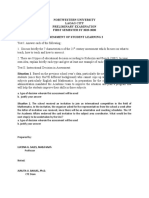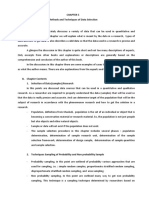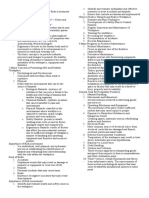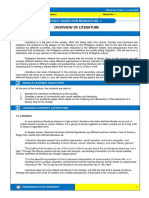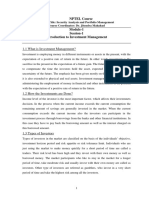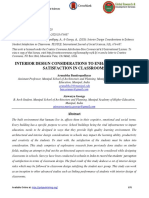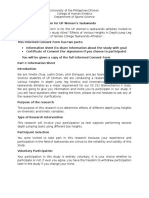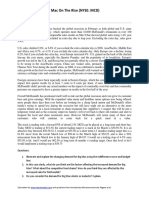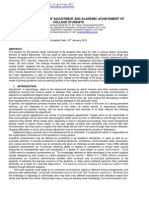0% found this document useful (0 votes)
326 views69 pagesFrequency Distribution - Data Management PDF
The document discusses mathematical data management and statistics concepts. It defines data management as developing architectures, policies and procedures to effectively manage enterprise information. Statistics examines ways to process and analyze collected data. The document then provides examples of how to construct frequency distributions from raw data by grouping the data into classes or categories and tallying the frequency of observations in each class. This provides meaningful insights for decision-makers.
Uploaded by
Polly VicenteCopyright
© © All Rights Reserved
We take content rights seriously. If you suspect this is your content, claim it here.
Available Formats
Download as PDF, TXT or read online on Scribd
0% found this document useful (0 votes)
326 views69 pagesFrequency Distribution - Data Management PDF
The document discusses mathematical data management and statistics concepts. It defines data management as developing architectures, policies and procedures to effectively manage enterprise information. Statistics examines ways to process and analyze collected data. The document then provides examples of how to construct frequency distributions from raw data by grouping the data into classes or categories and tallying the frequency of observations in each class. This provides meaningful insights for decision-makers.
Uploaded by
Polly VicenteCopyright
© © All Rights Reserved
We take content rights seriously. If you suspect this is your content, claim it here.
Available Formats
Download as PDF, TXT or read online on Scribd
/ 69








